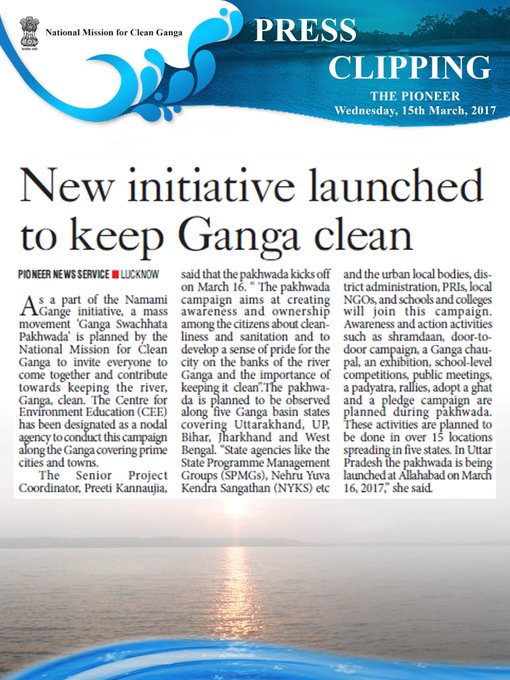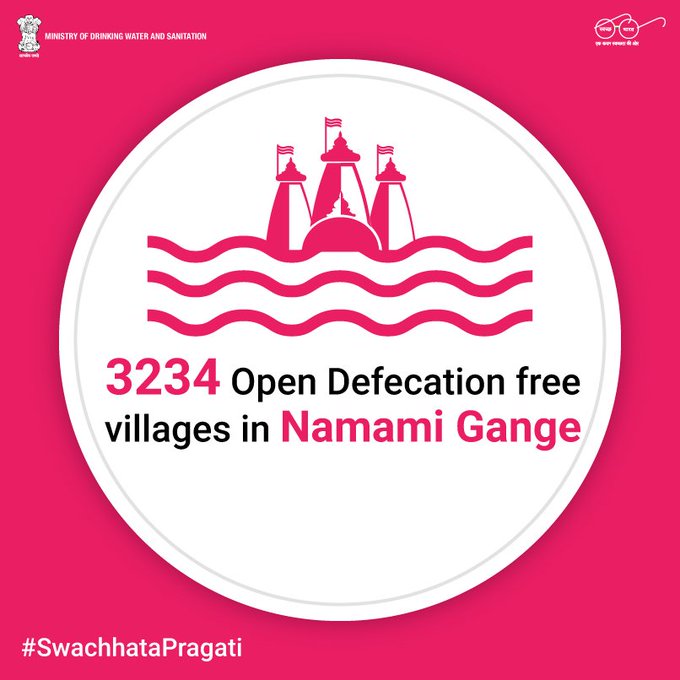Narendra Modi’s Israel visit: The view from Arab palaces
That no Arab state has voiced displeasure to the announcement of Narendra Modi’s Israel visit is nothing short of astonishing
When Narendra Modi visits Israel this year, it will be remarkable for two reasons: first, that it will be the first visit to the Israeli state by an Indian head of government; and second, that it will in all likelihood raise no eyebrows—never mind hackles—in the Arab world.
The exact dates for the trip have not yet been announced, but it has been known for some weeks now that it will happen this summer. And yet, no Arab state has voiced any displeasure, not publicly, and not even through diplomatic back-channels.
This is nothing short of astonishing to anyone who, like your humble servant, grew up in the India of the 1970s and 1980s, when it was routine for New Delhi to join the Arab chorus of condemnation for Israel at Tel Aviv’s every turn.
Whether it was because of India’s need for Arab oil, or because there were so many Arab members of the benighted Non-Aligned Movement, or because the Jewish state was tied to the US while New Delhi was chummy with the USSR, or simply because so many in this country genuinely sympathized with the Palestinian cause, a succession of Indian governments avoided diplomatic relations with Israel.
In the 1970s and 1980s, it was routine for India to join the Arab chorus of condemnation for Israel at Tel Aviv’s every turn
If you had told me then that an Indian Prime Minister would one day be making an official visit there, I would have laughed you out of the room.
But that prospect is no longer surprising: the two countries began building close ties in the 1990s, and are now locked in a tight embrace of economic, defence and security interests.
What is astonishing, though, is the absence of even a murmur of protest from India’s friends in the Arab world. West Asian diplomats quizzed by my colleagues at Hindustan Times have shrugged off the idea of Modi’s visit as a matter of realpolitik. One expressed the mild hope that the Prime Minister might also visit the West Bank, to show some solidarity with the Palestinians, but acknowledged that this is unlikely.
One reason for the Arab pococurantism over deepening Indo-Israeli relations is a resigned acceptance that the two countries have much in common, including their enemies, in the shape of Islamist terrorism.
Another is a profound sense of Palestine fatigue in Arab capitals, whether on account of the interminable and intractable nature of the problem, or because other Arab peoples—Syrians, for one—are making a more pressing case for sympathy.
One reason for the Arab pococurantism over deepening Indo-Israeli relations is a resigned acceptance that the two countries have much in common, including their enemies, in the shape of Islamist terrorism
Yet another reason for the lack of concern among Arab governments for India’s friendship with Israel is that many of them would themselves like an accommodation with the Jewish state.
Countries like Saudi Arabia and Bahrain have for some time now reportedly been making quiet, behind-the-scenes contact with the government of Prime Minister Benjamin “Bibi” Netanyahu, and the frequency has grown since January 2016, when the US and other major powers signed a nuclear treaty with Iran.
Arab leaders have determined that Shia-ruled Iran represents an existential threat to their Sunni-dominated regimes, and recognize that, in this, they have a common cause with Israel. Netanyahu’s trenchant tirades against the theocracy in Tehran have an enthusiastic audience in Arab palaces.
This is especially true in Riyadh and Manama, where the threat of Iran is felt most keenly. The Saudis are terrified that Iran will stir up trouble in its eastern province, where there is a large Shia population—and where a great deal of the country’s oil lies below the ground.
Spooked by Tehran’s encouragement of the Houthi militia that controls much of Yemen, the Saudis have led a Sunni-Arab coalition in a protracted military misadventure in the heel of the Arabian Peninsula (the Houthis are nominally Shia).
Arab leaders have determined that Shia-ruled Iran represents an existential threat to their Sunni-dominated regimes, and recognize that, in this, they have a common cause with Israel
Bahrain’s Sunni rulers, meanwhile, feel Iran’s breath on their shoulder as they continue to suppress their Shia-majority population.
The Sunni states had long banked on the US to forestall the threat from Tehran, but the nuclear deal—Iran agreed to scrap its nuclear ambitions in exchange for the lifting of economic sanctions—has left them scrambling for succour elsewhere.
Russia, the most obvious alternative, is seen as being on Iran’s side, with Moscow offering Tehran billions of dollars’ worth of military hardware.
China has said it would like the Israeli-Palestinian issue resolved, but has shown no interest in playing umpire between the Shias and the Sunnis.
That leaves Israel, which is not only hostile to Iran, but has its own arsenal of nuclear weapons with which to menace the mullahs in Tehran.
But Saudi Arabia, Bahrain and most other Arab states have no formal relations with Israel: most of them don’t even acknowledge Israel’s right to exist.
For six decades, their propaganda machines have portrayed the Jewish state as an abomination, and have normalized anti-Semitism among their citizenry.
Saudi Arabia, Bahrain and most other Arab states have no formal relations with Israel: most of them don’t even acknowledge Israel’s right to exist
The rulers of these states cannot now afford to be seen breaking bread with Israel, and so can only play a form of diplomatic footsie—or rely on sympathetic intermediaries to ferry little notes between them.
So, if Modi does hear from Arab rulers before his visit to Israel, it may very well be in the form of requests to convey cautious felicitations. And it’s just conceivable that Bibi Netanyahu will want Modi to carry a message for Saudi King Salman, who is expected to visit New Delhi later in the year.







